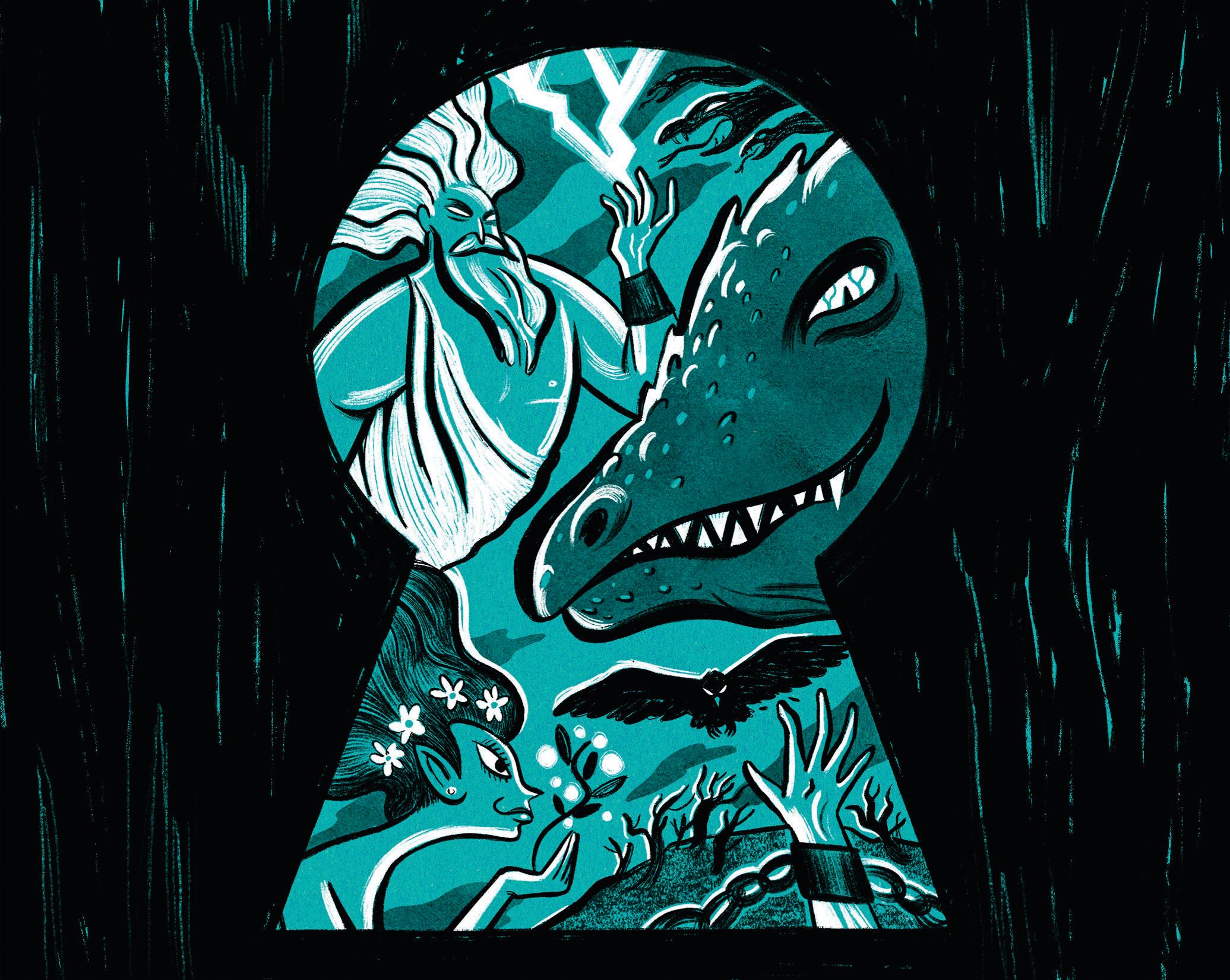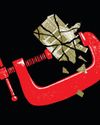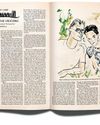Denemek ALTIN - Özgür
THE KEY TO ALL MYTHOLOGIES
The New Yorker
|October 20, 2025
Why the quest for a master code goes on.

I read George Eliot’s “Middlemarch,” sometimes hailed as the greatest British novel, in a rain forest in western Indonesia. I was there as a graduate student, spending my days slogging through mud and interviewing locals about gods and pig thieves for my dissertation. Each evening, after darkness fell, my research assistant and I would call it a night, switch off the veranda’s lone bulb, and retreat to our separate rooms. Alone at last, I snapped on my headlamp, rigged up my mosquito net like a kid building a pillow fort, and read.
Those were good hours, although, honestly, little of the novel has stuck with me—except for Casaubon. The Reverend Edward Casaubon is Eliot's grand study in futility: an aging, self-important, faintly ridiculous clergyman who has dedicated his life to an audacious quest. Casaubon is convinced that every mythic system is a decayed remnant of a single original revelation—a claim he plans to substantiate in his magnum opus, “The Key to All Mythologies.” He means to chart the world’s myths, trace their similarities, and produce a codex that, as Eliot puts it, would make “the vast field of mythical constructions . . . intelligible, nay, luminous with the reflected light of correspondences.”
The ill-fated project founders between the unruly diversity of cultural traditions and the fantasy of a single source, between the expanse of his material and the impossibility of ever mastering it, between the need for theory and the distortions it introduces. These failures are deepened by Casaubon’s limitations—his pedantic love of minutiae (he “dreams footnotes”) and his refusal to engage with scholarship in languages he doesn't know (if only he'd learned German).
Bu hikaye The New Yorker dergisinin October 20, 2025 baskısından alınmıştır.
Binlerce özenle seçilmiş premium hikayeye ve 9.000'den fazla dergi ve gazeteye erişmek için Magzter GOLD'a abone olun.
Zaten abone misiniz? Oturum aç
The New Yorker'den DAHA FAZLA HİKAYE

The New Yorker
THE TALK OF THE TOWN
The militarization of American cities, including Los Angeles, Portland, and Chicago, has brought home a perverse irony. T
4 mins
October 20, 2025

The New Yorker
THIS IS MISS LANG
The brief life and forgotten legacy of a remarkable American poet.
19 mins
October 20, 2025

The New Yorker
RAMBLING MAN
Peter Matthiessen's quest to escape himself—at any cost.
15 mins
October 20, 2025

The New Yorker
DEGREES OF HOSTILITY
How far will the Administration's assault on colleges and universities go?
26 mins
October 20, 2025

The New Yorker
GOINGS ON
What we're watching, listening to, and doing this week.
6 mins
October 20, 2025

The New Yorker
READY OR NOT
Zohran Mamdani wants to transform New York City. Will the city let him?
37 mins
October 20, 2025

The New Yorker
Alexandra Schwartz on Joan Acocella's "The Frog and the Crocodile"
When I am stuck on a sentence or trying to wrestle an idea into shape, I turn to Joan Acocella.
3 mins
October 20, 2025

The New Yorker
A BROTHER'S CONVICTION
Did a grieving man's quest for justice go too far?
43 mins
October 20, 2025

The New Yorker
THE KEY TO ALL MYTHOLOGIES
Why the quest for a master code goes on.
13 mins
October 20, 2025

The New Yorker
FOR ART'S SAKE
\"Blue Moon\" and \"Nouvelle Vague.\"
6 mins
October 20, 2025
Listen
Translate
Change font size
